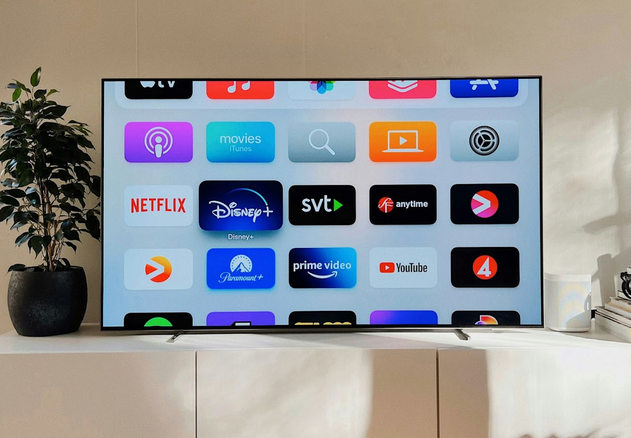Streaming vs TV: What the streaming boom means for TV channels
October 15, 2025

For several years now, streaming has been booming as one of the most popular pastime activities and is threatening to finally overtake TV. Since the introduction of streaming services, the rules of the game for media consumption have changed. The days of waiting for the next episode to air during prime time on channel XYZ are over. Today, binge-watching is the norm, and viewers expect content to be available on demand at any time. Entertainment has not only shifted to a different medium where movies and series are available around the clock, but live streaming in gaming is also becoming increasingly sought after.
For many, the appeal of passive consumption is diminishing. Constant availability has removed the excitement and anticipation from home cinema. In these areas, live streams from gaming, eSports, and gambling are now becoming increasingly attractive. Millions of viewers gather online to watch live streams of a tournament or to get involved in a live dealer game themselves. Online gambling in particular is gaining momentum: The offerings from numerous UK sites have long since evolved beyond classic titles such as roulette, poker and slots, and now threaten to surpass television with engaging themes, immersive gameplay, and live dealer experiences.
These formats are celebrated by large communities and are growing at an incredible speed. The data analysis of viewer numbers speaks for itself: in May 2025, streaming reached a record high, accounting for 44.8% of total TV usage. Nielsen’s The Gauge report publishes viewer data and highlights the growth of streaming services. Since 2021, streaming usage has increased by 71%, with YouTube, Netflix and other platforms experiencing tremendous growth over the past four years.
These shifts in user interests have consequences for television. Broadcasters are now under pressure to build on-demand libraries, invest in exclusive shows that can only be watched on TV, and offer live entertainment to keep customers coming back and, ideally, reverse the decline in viewership. TV channels need to rethink their approach, moving away from fixed schedules and programming to exclusive content that is only available for a limited time and can go viral.
However, the competition extends far beyond feature films and series, with live streaming, gaming, and gambling content also gaining an increasing number of viewers. On platforms such as Twitch and YouTube Live, the shift in interest is clearly evident in the viewer statistics. Data from Stream Hatchet shows that live stream viewership across various platforms has doubled to 15.8 billion since 2019, and in 2024, viewing time grew with a 12% increase in hours watched compared to 2023.
The shift in user behaviour shows that new models need to be developed if TV wants to remain relevant. Production cycles need to be shortened in order to deliver good content more quickly. Furthermore, there is a growing demand for interactive elements such as live chats, personalised perspectives, or gamification, which could enhance traditional TV programmes if included. In addition, more investment is needed in live offerings, as these not only promise exclusivity but also bind viewers to a channel, since “live” means it’s not available 24/7. Channels that understand these metrics and implement them quickly can manage programme investments more effectively while increasing monetization opportunities.
Other posts by :
- Bank: SES outperforming
- AST SpaceMobile confirms 2026 launch schedule
- AST SpaceMobile: “Good for indoor reception”
- EchoStar booms on SpaceX holding
- Norway wants a satellite constellation
- Crossroads backs AST SpaceMobile
- FCC examines SpaceX’s 15,000 sat-constellation plan
- EchoStar: “Severe uncertainty” led to spectrum sales
- Netflix gets downgrade on Warner Bros move
